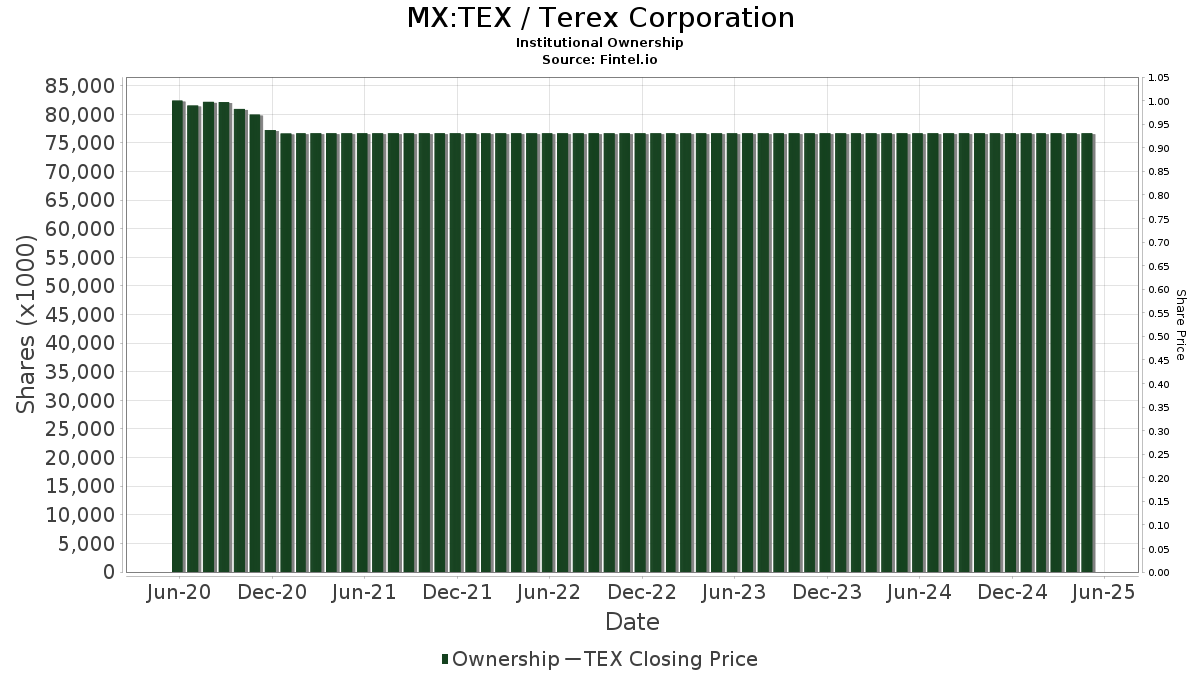Investors Seek Opportunities Amid Market Volatility in 2025
The U.S. equity market has presented challenges for investors in 2025, influenced by inflation, geopolitical tensions, and rising interest rates. Escalating trade wars add to uncertainties in the macroeconomic landscape, heightening investor concern.
Despite these hurdles, periods of market turbulence can provide astute investors with unique opportunities to acquire shares in compelling stocks at reasonable valuations.
Smart Investment Choices for $1,000
Investors do not need large amounts of capital to leverage this situation. A mere $1,000, set aside for investment rather than immediate expenses, can be utilized strategically. Here are two stocks worth considering:
1. Nvidia
Nvidia (NASDAQ: NVDA) holds an outstanding 92% market share in the $125 billion data center GPU sector, positioning it as a powerhouse in the expanding artificial intelligence (AI) market. Organizations, including cloud service providers and enterprises, are increasingly integrating Nvidia’s GPUs to enhance their AI capabilities.
Recently, Nvidia’s Blackwell architecture chips demonstrated significant progress, generating $11 billion in revenue last quarter. These systems are highly optimized for real-time inferencing workloads, boasting processing speeds 25 times faster and cost efficiencies 20 times better than the older Hopper 100 chips. As demand intensifies for these capabilities across industries, Blackwell stands to gain substantially.
Nvidia has also crafted a robust software ecosystem, particularly with its Compute Unified Device Architecture (CUDA), which is essential for effectively programming its GPUs.
While Nvidia’s stock has seen volatility in 2025—dipping nearly 35% from its January peak to a low in April—it rebounded by almost 39% to $135.29 as of May 14. This recovery was fueled by a strategic partnership with Saudi Arabia, where Nvidia will supply advanced GPUs over the next five years.
The company has adapted to export restrictions in China by developing compliant chips. Investor sentiment improved after U.S. Treasury Secretary Scott Bessent announced a 90-day tariff pause between the U.S. and China, significantly lowering tariffs on goods. Additionally, the U.S. government repealed an AI diffusion rule that would have hindered chip exports to numerous countries starting May 15, 2025.
Despite these favorable developments, Nvidia is trading at 25.4 times forward earnings, notably lower than its five-year average of 69.2 times. Given its solid fundamentals and reasonable valuation, Nvidia could see substantial upward movement, especially leading up to its first-quarter fiscal 2026 earnings release on May 28.
2. Amazon
Amazon (NASDAQ: AMZN) showcased positive first-quarter 2025 results, with a revenue increase of 9% year-over-year to $155.7 billion and a 20% rise in operating income to $18.4 billion.
Amazon Web Services (AWS) continues to be a significant growth driver, achieving an annualized revenue run rate of $117 billion. With over 85% of global IT spending still focused on on-premise solutions, AWS is well-positioned to capitalize on the anticipated transition to cloud-based infrastructure over the coming decade.
The company’s AI initiatives are also creating new revenue streams, with their AI division reaching a “multibillion dollar annual revenue run rate” and experiencing triple-digit annual growth, as noted by CEO Andy Jassy.
Amazon’s focus on building a complete AI stack—including custom chips, foundational models, and AI applications—positions it favorably in the market. Their custom Trainium 2 chips provide a 30% to 40% improvement in price performance, attracting enterprises looking to economize on large AI workloads. Furthermore, Amazon offers a variety of high-quality foundational models and is developing AI-powered agents capable of tackling complex tasks.
Advertising also plays a crucial role in Amazon’s revenue growth. The company effectively engages customers at multiple purchase stages, utilizing its extensive reach across various platforms, including live sports and audio content.
The company has revamped its inbound logistics network, enhancing inventory placement and reducing delivery costs. Efforts to expand same-day delivery and rural networks, plus the introduction of automation, further support operational efficiencies.
Additionally, Amazon is pursuing opportunities in satellite internet through its Project Kuiper, aiming to capture a portion of the estimated $108 billion satellite internet market by 2035, following successful recent satellite launches.
Despite strong fundamentals, Amazon is trading at approximately 28.6 times forward earnings, significantly below its five-year average of 53.6 times, making it appear an attractive long-term investment choice.
Conclusion: Exploring Noteworthy Stock Opportunities
Investors looking for solid opportunities in the current market should consider these two companies, which are well-positioned for growth amid ongoing market challenges.
John Mackey, former CEO of Whole Foods Market, an Amazon subsidiary, is a member of The Motley Fool’s board of directors. Manali Pradhan has no position in any of the stocks mentioned. The Motley Fool has positions in and recommends Amazon and Nvidia.
The views and opinions expressed herein are the views and opinions of the author and do not necessarily reflect those of Nasdaq, Inc.




